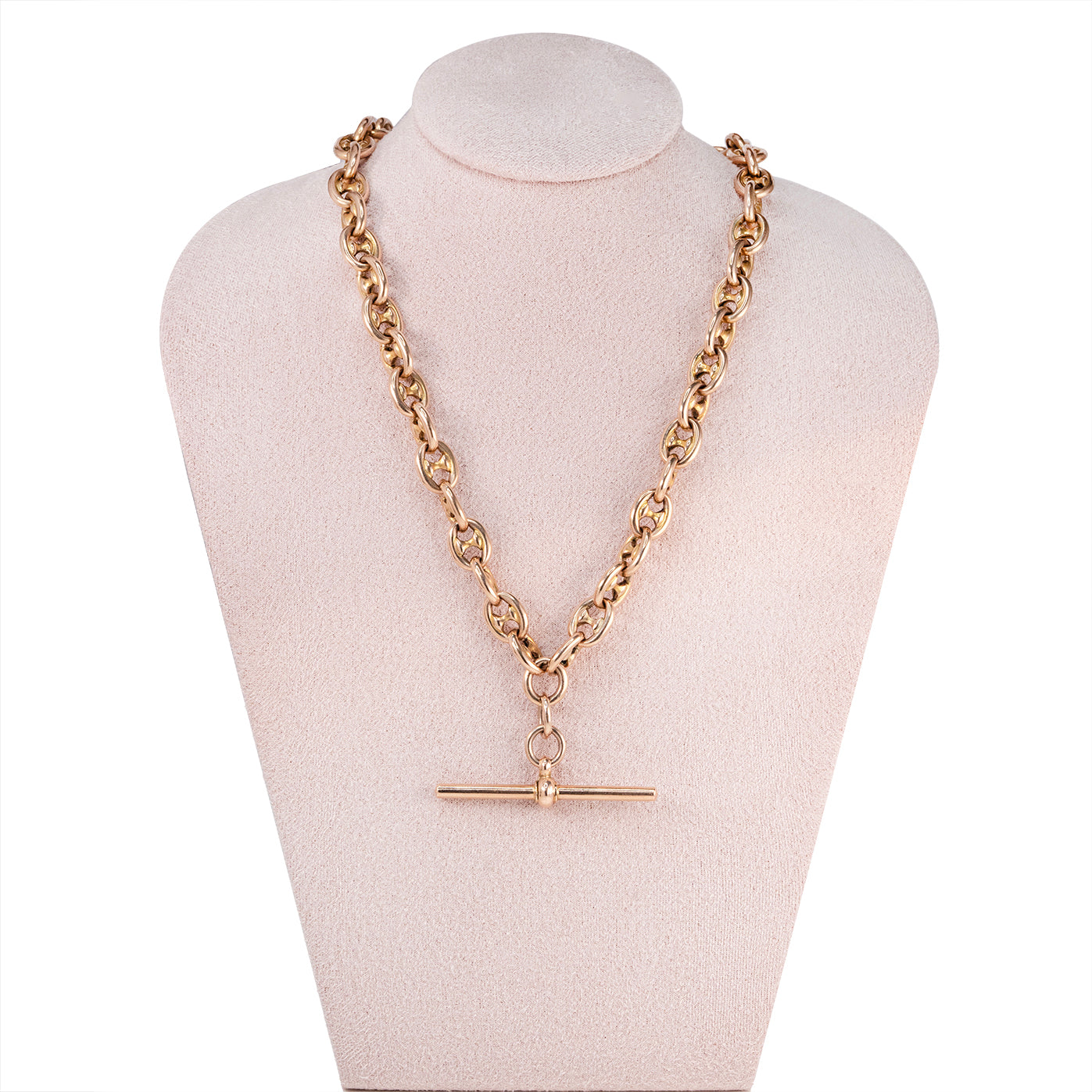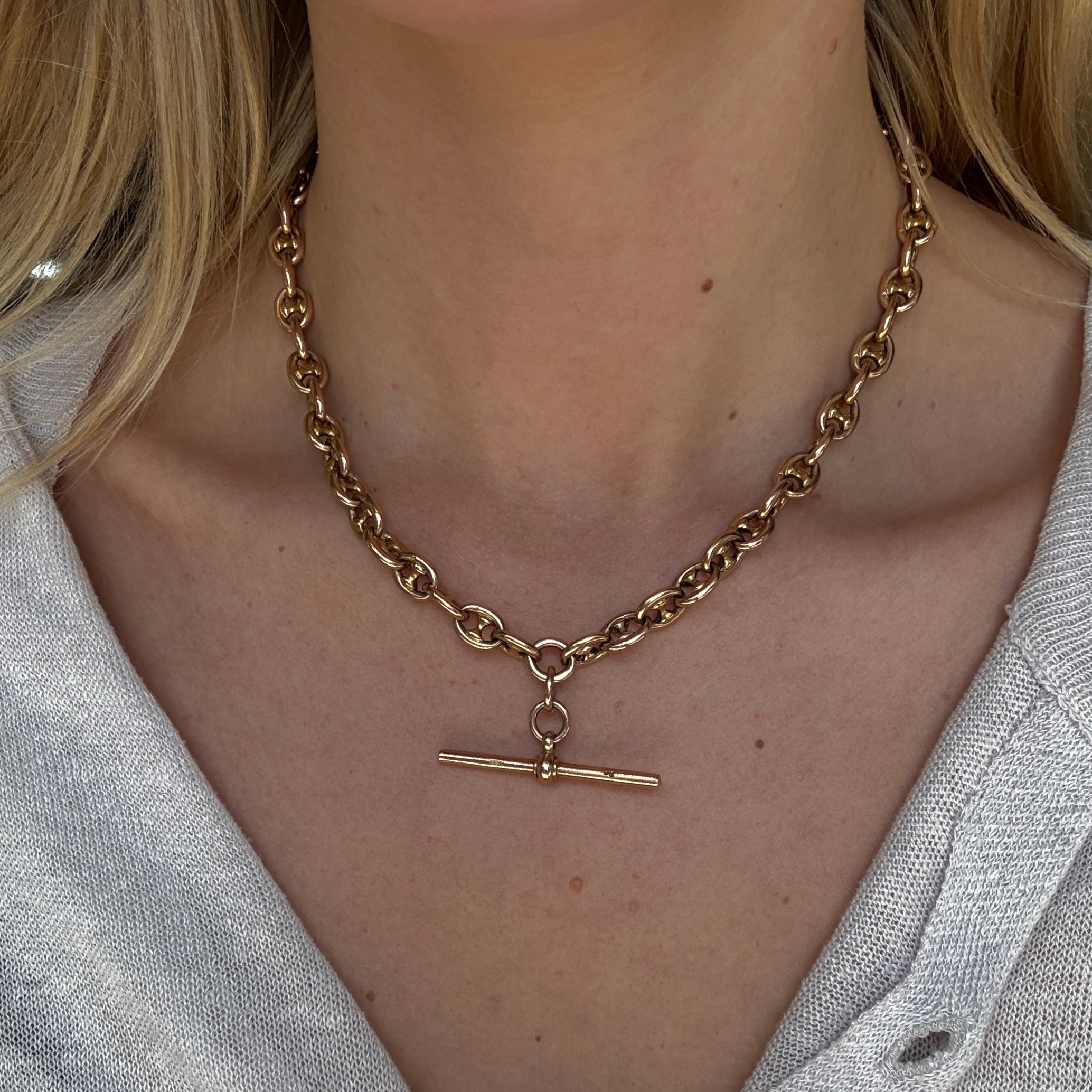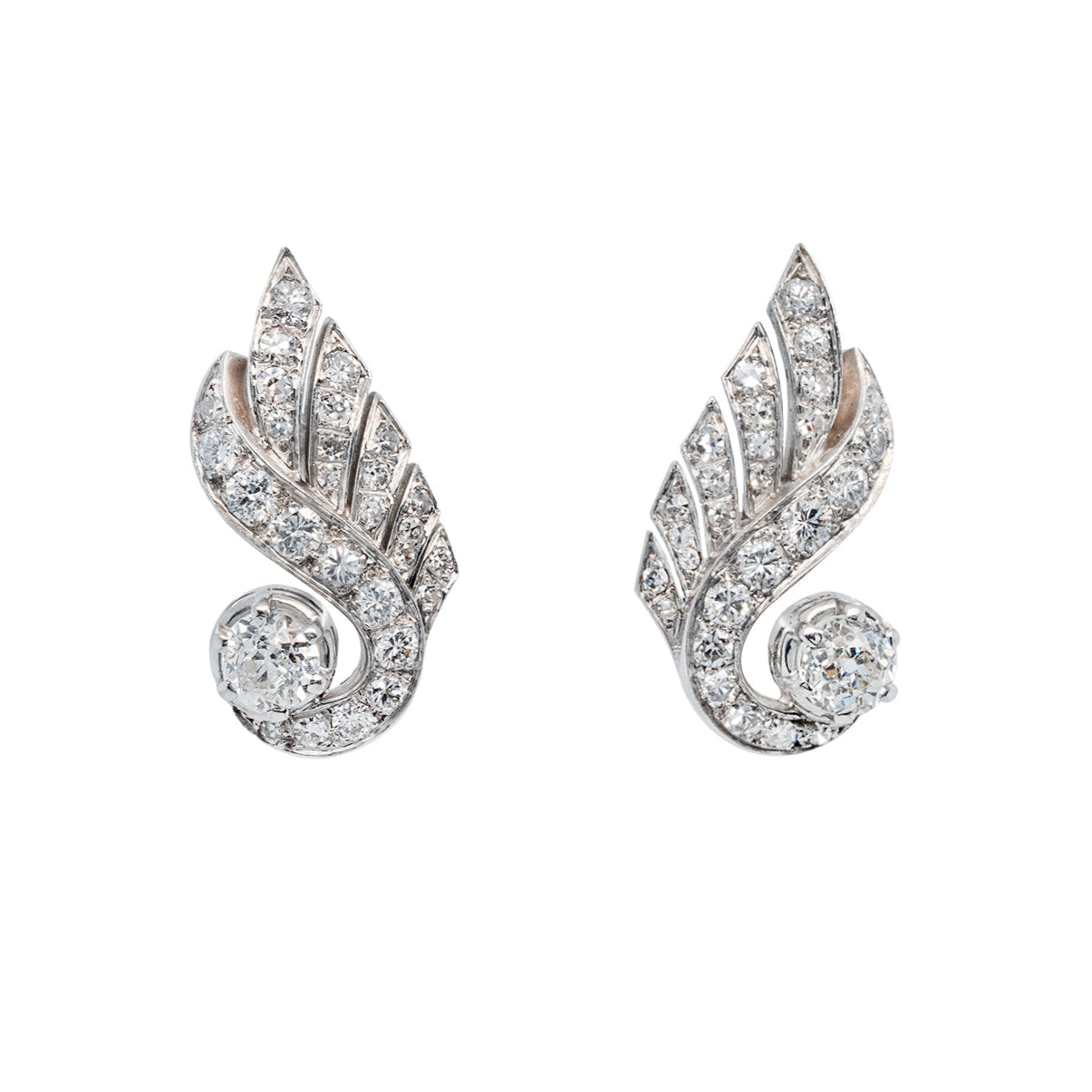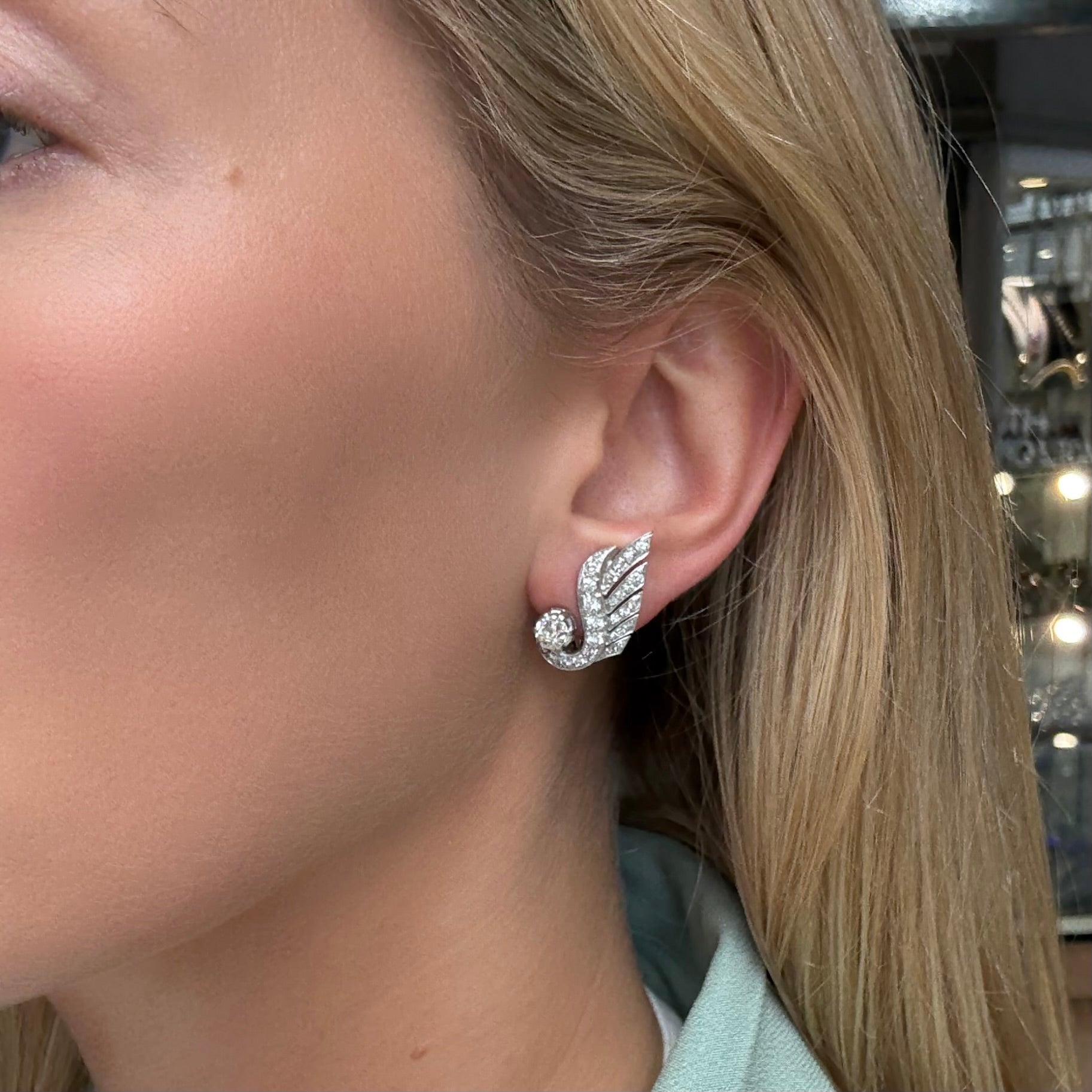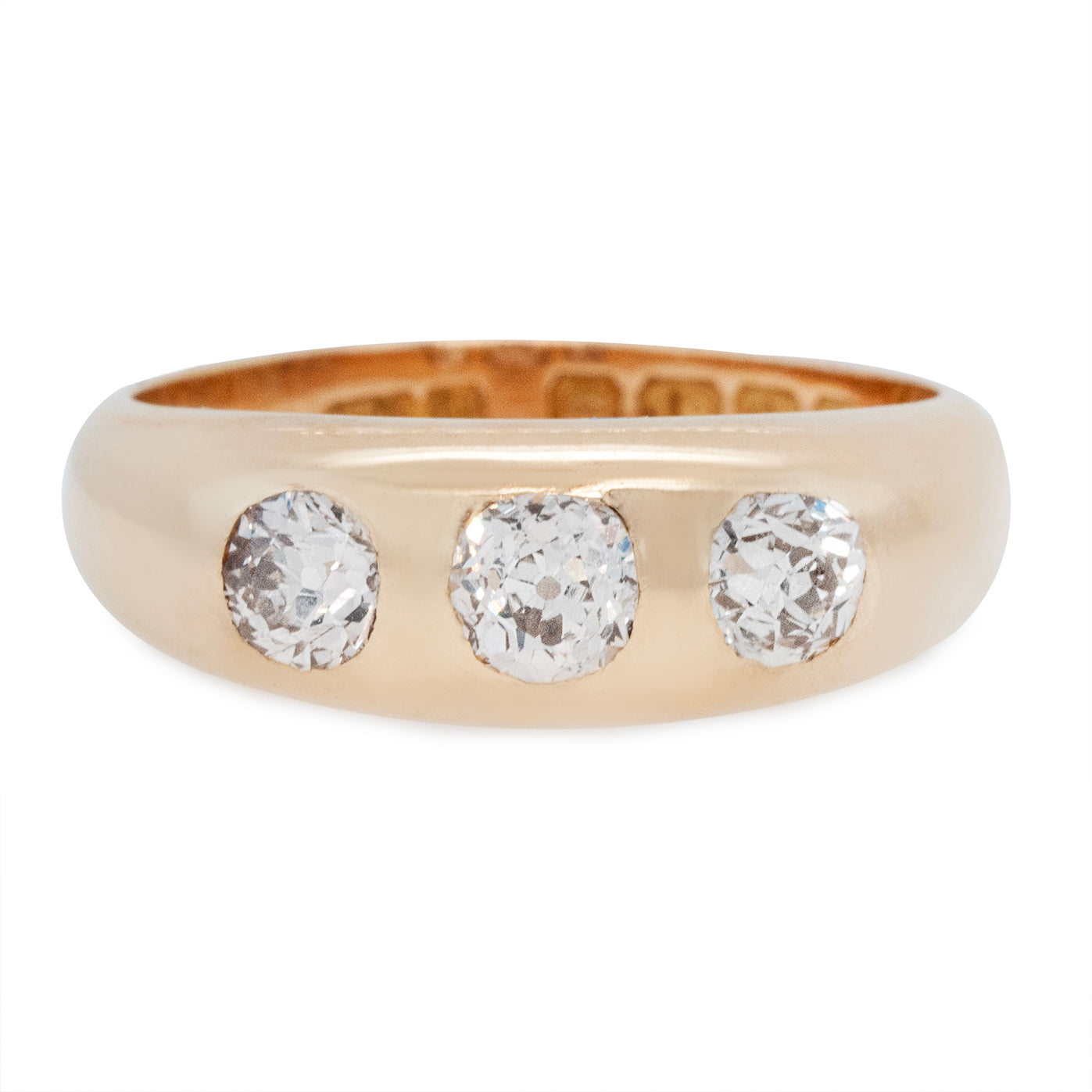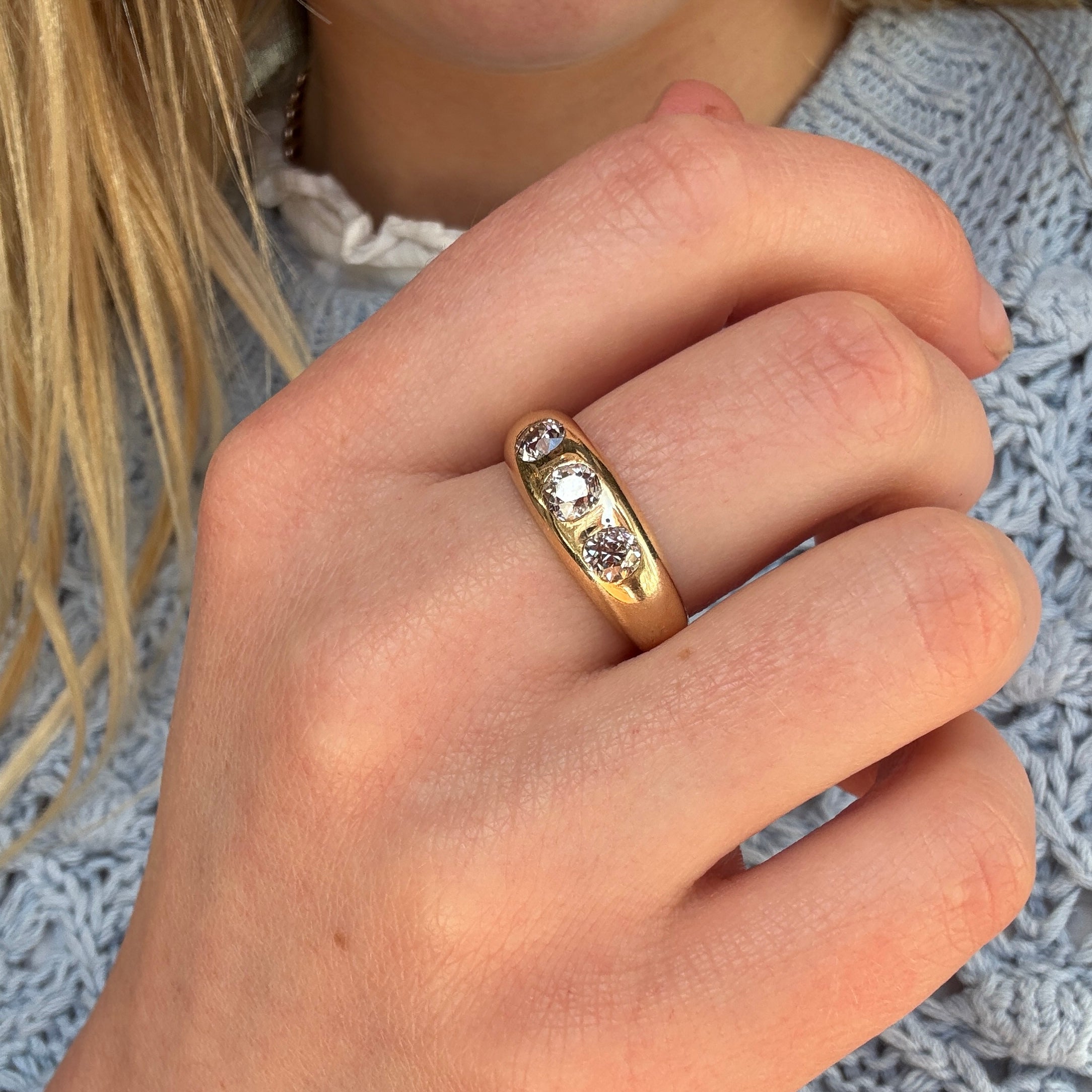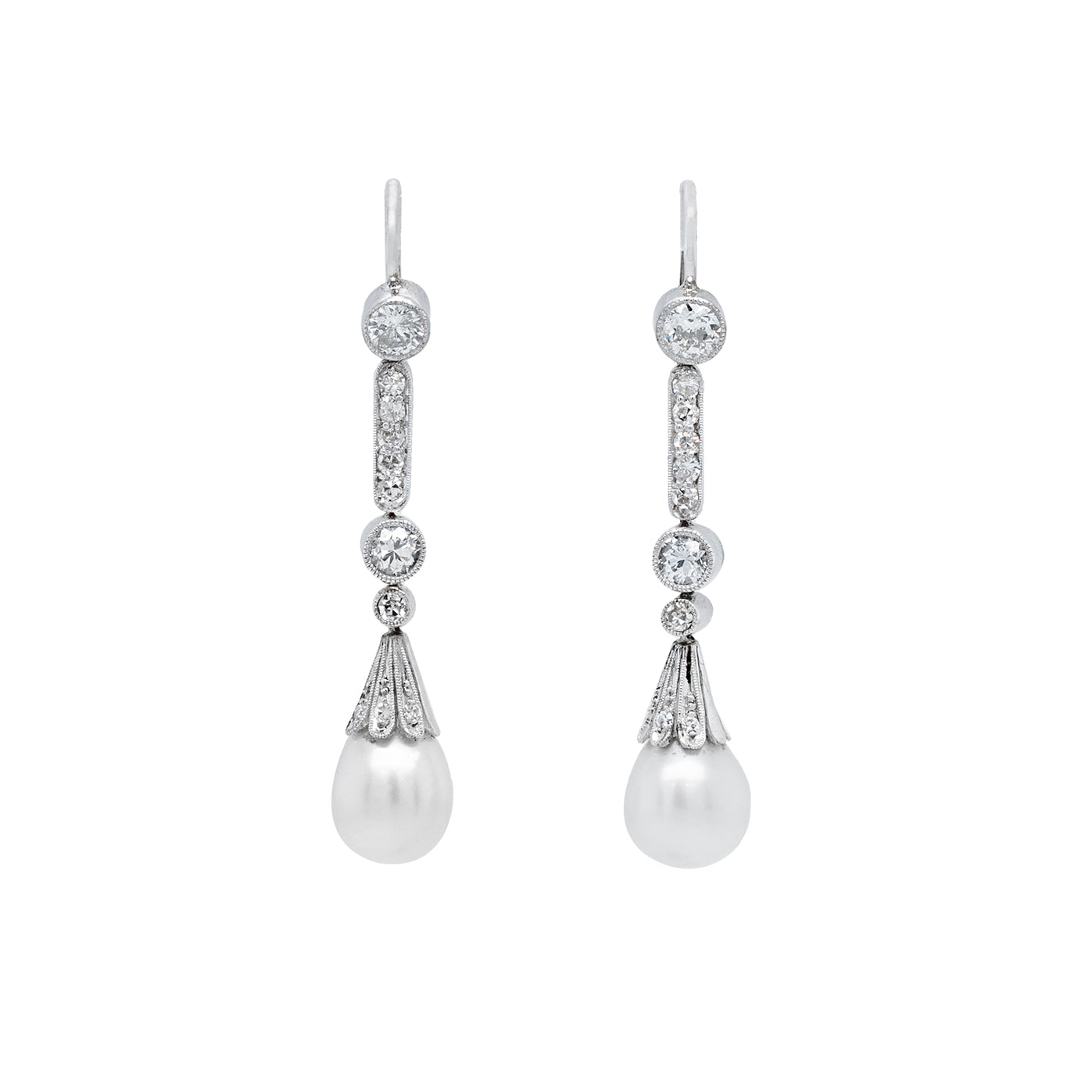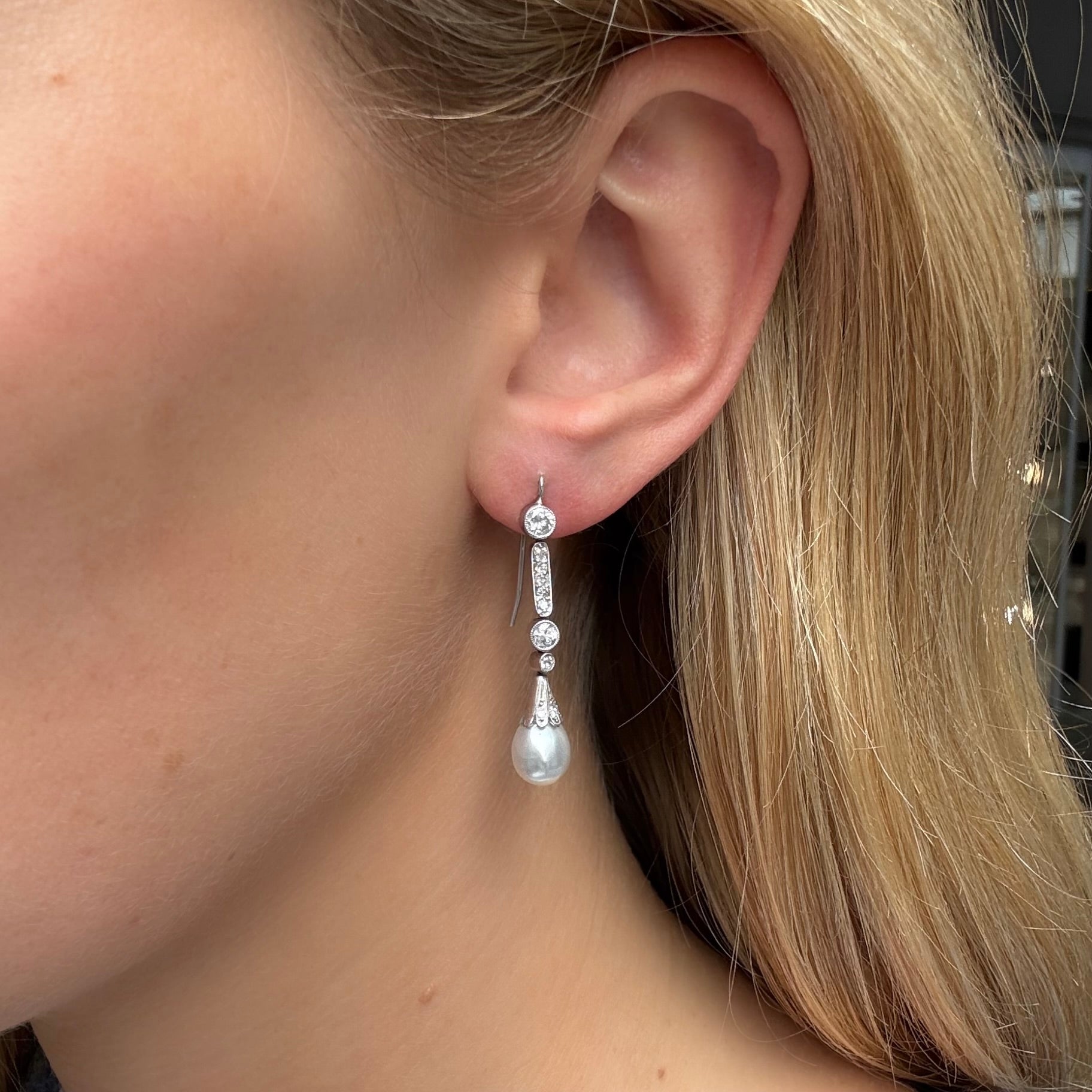In a world increasingly dominated by mass production and disposable fashion, rare antique jewellery stands as a testament to timeless elegance and craftsmanship. These precious pieces not only offer a glimpse into the artistic and cultural heritage of bygone eras but also serve as a unique form of self-expression for modern-day collectors and enthusiasts. From Victorian brooches to Art Deco necklaces, the allure of rare antique jewellery is undeniable.
The History Behind the Glamour
Antique jewellery encompasses a wide range of styles and periods, each with its distinct characteristics and historical significance. Some of the most notable eras include:
Georgian Era (1714-1837): This period is known for its intricate designs and the use of gemstones like diamonds, emeralds, and rubies. Georgian jewellery often features motifs inspired by nature, such as flowers, leaves, and birds, reflecting the era's fascination with the natural world.
Victorian Era (1837-1901): Named after Queen Victoria, this era saw a diverse range of styles, from the romantic and sentimental early Victorian pieces to the bold and elaborate designs of the later years. Popular motifs included hearts, serpents, and lockets, often used to commemorate loved ones and significant events.
Edwardian Era (1901-1910): Marked by elegance and sophistication, Edwardian jewellery is characterized by its use of platinum and delicate filigree work. Pieces from this era often feature intricate lace-like patterns and incorporate pearls, diamonds, and colored gemstones.
Art Nouveau (1890-1910): This period is celebrated for its artistic and innovative designs, inspired by natural forms and flowing lines. Art Nouveau jewellery often features enameling techniques and incorporates materials like opals, moonstones, and iridescent glass.
Art Deco (1920-1935): Known for its geometric shapes and bold colors, Art Deco jewellery reflects the glamour and exuberance of the Roaring Twenties. Pieces from this era often feature a mix of diamonds, sapphires, emeralds, and onyx, set in symmetrical patterns.
The Craftsmanship and Techniques
One of the most captivating aspects of rare antique jewellery is the exceptional craftsmanship involved in their creation. Unlike modern jewellery, which often relies on machinery and mass production, antique pieces were typically handcrafted by skilled artisans. Techniques such as hand engraving, repoussé (a method of decorating metals by hammering from the reverse side), and filigree (delicate metalwork) highlight the meticulous attention to detail and artistry that went into each piece.
Moreover, antique jewellery often features gemstones that were cut and polished by hand, resulting in unique shapes and facets that differ from modern, machine-cut stones. This individuality adds to the charm and value of antique pieces, making each item a one-of-a-kind treasure.
Collecting and Caring for Antique Jewellery
For those looking to start or expand their collection of rare antique jewellery, there are a few key considerations to keep in mind:
Research and Education: Understanding the historical context, styles, and materials used in different eras is crucial for making informed decisions. Books, online resources, and consultations with experts can provide valuable insights.
Authenticity and Provenance: Ensuring the authenticity of an antique piece is essential. Look for hallmarks, maker’s marks, and other identifying features that verify its origin and age. Provenance, or the history of ownership, can also add to the piece's value and significance.
Condition and Restoration: While some wear and tear is expected with antique jewellery, it’s important to assess the condition and any previous restorations. Originality is highly prized, so extensive repairs or alterations may affect the piece's value.
Care and Maintenance: Antique jewellery requires special care to preserve its beauty and integrity. Avoid exposure to harsh chemicals, extreme temperatures, and direct sunlight. Regular cleaning by a professional jeweller and proper storage in a safe, dry place are also recommended.
The Timeless Appeal
Beyond their aesthetic beauty and historical significance, rare antique jewellery pieces carry a sense of nostalgia and romance that modern designs often lack. They connect us to the past, telling stories of previous owners and the times they lived in. Whether worn on special occasions or cherished as heirlooms, these pieces continue to captivate and inspire, proving that true elegance is indeed timeless.
In the end, the allure of rare antique jewellery lies not only in its exquisite craftsmanship and unique designs but also in its ability to transcend time, offering a glimpse into the rich tapestry of human history and culture. For collectors and admirers alike, each piece is a cherished reminder that beauty and artistry are enduring treasures, waiting to be discovered and appreciated anew.
